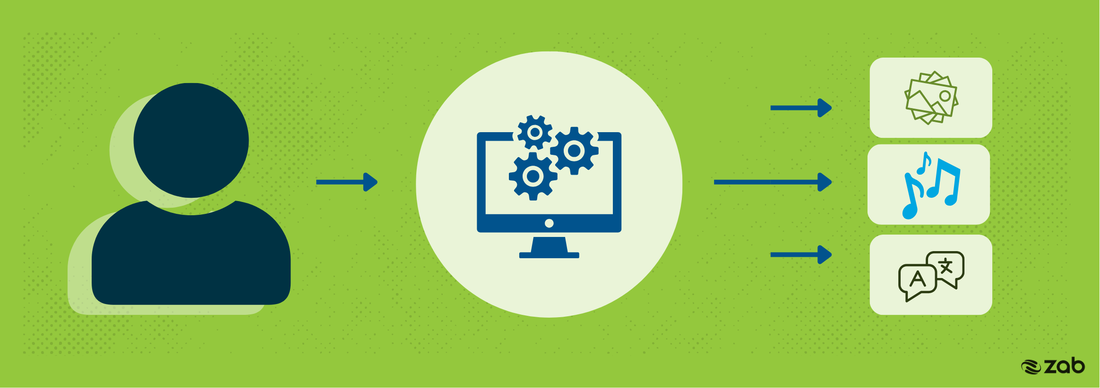Introduction
In an era where technology is rapidly evolving, Language Learning Models (LLMs) have become a cornerstone of modern artificial intelligence. While initially developed to address language barriers and enhance translation, LLMs have grown into a fundamental technology powering various aspects of generative AI. Understanding LLMs and their diverse applications is critical as they revolutionize how we interact with digital content and tools.What Are Language Learning Models?
Language Learning Models (LLMs) are advanced AI systems designed to understand, process, and generate human language. Trained on vast amounts of text data, LLMs learn complex linguistic patterns, grammar rules, and subtle meanings across multiple languages. This training allows them to perform a range of tasks, from generating coherent text to creating innovative content across various domains.Key Applications of LLMs in Generative AI
Content Creation
How It Works: LLMs can generate text that mimics human writing, producing everything from articles and marketing copy to creative fiction. By analyzing existing content, these models learn to generate relevant and contextually appropriate text.
Benefits:
- • Speeds up content creation processes
- • Publishing
- • Can generate large volumes of text quickly
- • Adaptable to different writing styles and tones
Conversational AI
How It Works: LLMs power chatbots and virtual assistants by understanding user queries and generating appropriate responses. They use contextual information to engage in natural-sounding conversations and provide useful information.
Benefits:
- • Enhances user interaction with digital platforms
- • Provides 24/7 customer support
- • Can be tailored to specific industries and user needs
Creative Arts
How It Works: LLMs are used to create new forms of art, including poetry, music lyrics, and even screenplays. By learning from vast amounts of artistic content, they generate original works that can inspire human creativity.
Benefits:
- • Facilitates creative exploration and experimentation
- • Provides new tools for artists and writers
- • Can generate content in various artistic styles
Personalization and Recommendations
How It Works: LLMs analyze user behavior and preferences to provide personalized recommendations and content. This includes tailored product suggestions, content feeds, and advertising.
Benefits:
- • Improves user experience through relevant recommendations
- • Enhances engagement with personalized content
- • Can be applied across various digital platforms
LLMs in Translation
LLMs have significantly advanced the translation field by offering tools that enhance efficiency and consistency. However, it’s crucial to recognize that human translators remain an essential part of the translation process. While LLMs can handle large-scale translation tasks and generate useful translations, they may produce inaccuracies and miss subtle cultural nuances.Human translators bring invaluable expertise to the table, including:
Cultural Nuances: Understanding subtle cultural references, idioms, and connotations
Specialized Terminology: Handling highly technical or industry-specific language
Contextual Understanding: Interpreting the broader meaning of a text, especially when there are ambiguities or multiple interpretations
Quality Control: Ensuring consistency, accuracy, and overall quality in the final translation
While LLMs are powerful tools that can complement human expertise, they are not a replacement for human translators. By leveraging both LLM capabilities and human insight, we can achieve high-quality translations that are both efficient and accurate.



 RSS Feed
RSS Feed